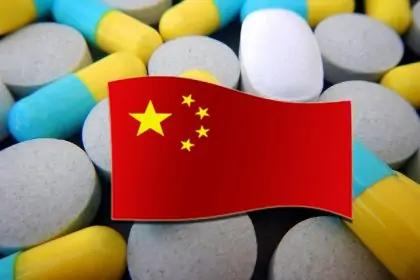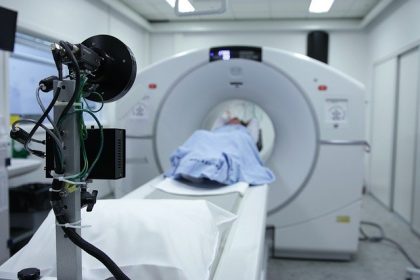The amendments of China’s patent law has been in force since 1 June. Among other things, it also contains important amendments for patent protection in China in the field of Pharmacy and Life sciences: earlier infringement action against generic manufacturers is possible and longer compensation for the application of new drugs.
 China’s national industrial plans put technology at the centre, this is openly communicated and can also be found in the legal renewal that China has carried out in recent months.
China’s national industrial plans put technology at the centre, this is openly communicated and can also be found in the legal renewal that China has carried out in recent months.
Patent act in China: Renewal in force since 2021
The amendment of patent law in China has been in force since 1 June 2021. It offers elements such as a new grace period, an extension of the term of protection and also improvements in patent infringement proceedings, e.g. with regard to the presentation of evidence in China, as well as higher damages for patent infringements. For patent holders in the pharmaceutical sector, the new patent law provides some further additional rights that are important.
These consist mainly of two elements: Firstly, it provides for a compensation system for the term of pharmaceutical patents, and secondly, a new mechanism for the early settlement of disputes over pharmaceutical patents has been introduced.
Compensation system: Compensation for applying for new medicines
A new feature of Chinese patent law is that pharmaceutical patent holders can now claim up to five additional years to compensate for the time taken to examine and approve new drugs on the market. However, the total duration of effective patent rights after the market launch of the new drug may not exceed 14 years (Article 42(3) of the Chinese Patent Law).
Also, this compensation and indemnification for the patent term only comes into question if the corresponding drug has already been brought to market in China. If only patent protection has been granted for China, no compensation for the term is eligible. In principle, compensation is only granted at the request of the patent holder.
Early dispute resolution: patent linkage system
At the same time, a so-called “drug patent linkage system” was introduced. In short, the review and approval process for generic medicinal products must consider whether the technical solution of the generic product falls within the scope of patent protection of the original research medicinal product. In fact, this patent linkage system involves a whole series of procedures: the approval of applications to market medicines, the confirmation of patent rights and the settlement of disputes (Article 76 of the Chinese Patent Law). Accordingly, a variety of agencies are involved, such as the Drug Administration and Management Department, the Patent Administration Department and also the Judicial Department.
Ultimately, all this is intended to lead to the early settlement of disputes over drug patents in order to strengthen both the innovation confidence of original pharmaceutical manufacturers and the development of generic drugs.
Higher damages for patent infringement
For all patent holders, including those in the pharmaceutical and life science sectors, there are also monetary improvements in the event of patent infringement. Damages for proven patent infringement can be up to five times the damages assessed in the lawsuit – subject to the statutory maximum penalty, which is now five million yuan under new Chinese patent law.
Providing evidence in patent infringement proceedings
Equally important in this context is that the alleged infringer is now obliged to hand over evidence of its conduct so that the court can weigh up the extent of the infringement. If the defendant refuses to hand over this evidence, the Chinese court may award damages based on the claim of the plaintiff and patent owner. This point in particular, however, has yet to be proven in practical implementation; the first rulings of the Chinese courts remain to be seen. For evidence in China is difficult terrain from a Western perspective. Numerous types of documents – analogue and digital – are admitted as evidence, and even blockchain-based evidence is permitted in China.
But evidence is mainly taken into account if the evidence shows Chinese legitimacy, either from customs or from Chinese contractual partners.
Licence readiness is introduced as a mechanism
Incidentally, the new Chinese patent law also introduces a mechanism of a declaration of willingness to license, explicitly modelled on regulations from German patent law. The Chinese government considers this one of the most important measures to promote the commercialisation of patents filed in China.
Do you need advice or support in patent protection?
Our attorneys have many years of expertise in patent law as well as in the entire field of intellectual property law and are authorised to represent you before any court – in Germany and also internationally. We also have many years of experience and knowledge of the language and the country with regard to China and Chinese patent, design and trade mark law.
Sources:
Image:
own Mix based on Lernestorod | pixabay | CCO License and Miyagodevelopersgr | pixabay | CCO License








Leave a Reply